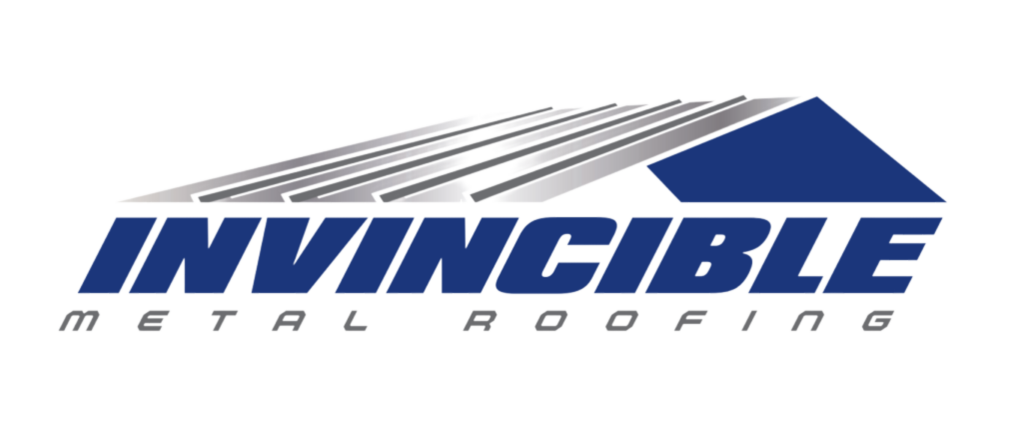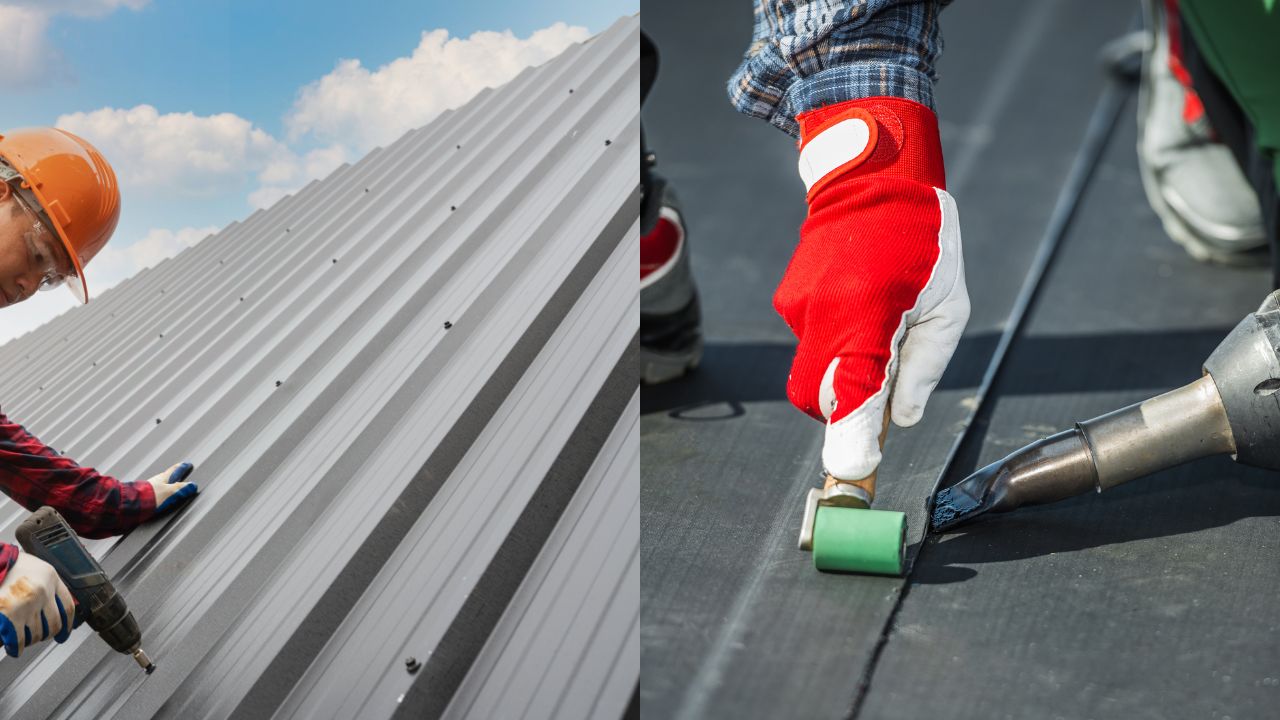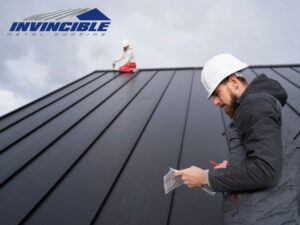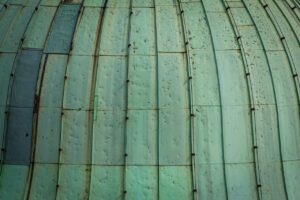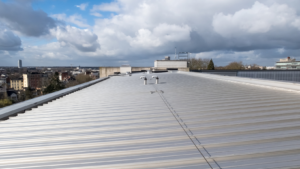Metal vs Rubber Roof – Choosing the Best Material for Your Home
Selecting the appropriate roofing material is an essential choice for any property owner. It’s not just about visual appeal; it’s about investment, protection, and durability in your home. In the vast landscape of roofing options, metal and rubber roofs stand out for their unique benefits and considerations.
This article aims to shed light on these two popular materials, helping you navigate the pros and cons of metal roofs vs rubber roofs. Whether you’re building a new home, considering a roof replacement, or simply curious about your options, this comparison will provide you with the information you need to make an informed decision.
Metal Roof vs Rubber Roof
| Feature | Metal Roof | Rubber Roof |
|---|---|---|
| Initial Cost | The initial cost is higher. | The initial cost is lower. |
| Lifespan | 40-70 years | 20-30 years |
| Maintenance | Low maintenance; occasional cleaning needed | More frequent checks for wear needed |
| Durability | Resistant to extreme weather, fire, and rot | Resistant to water and extreme temperatures |
| Energy Efficiency | Reflects solar radiant heat, reducing cooling costs | Good insulative properties, but less effective at reflecting heat |
| Environmental Impact | Often made of recycled materials, fully recyclable at end of life | Made from synthetic rubber, recyclable at end of life |
| Aesthetic Variety | Wide range of colors, styles, and finishes | Limited aesthetic options; primarily used for flat roofs |
| Installation | Can be complex, requiring professional installation | Easier and quicker to install, but requires professional installation for best results |
| Climate Suitability | Excellent for all climates, including those prone to wildfires or heavy snow | Best for flat or low-slope roofs in areas with heavy rainfall |
What are Metal Roofs?
Metal roofs have come a long way from the corrugated tin barn roofs that once dotted the American landscape. Today, they are sophisticated, durable, and available in a range of materials, including steel, aluminum, copper, and zinc. These roofs are known for their longevity, resistance to extreme weather, and ability to reflect solar radiant heat, which can help reduce cooling costs. Metal roofs can also be manufactured to mimic the look of tiles, shingles, or wood shakes, offering versatility in design to match any architectural style.
Advantages of Metal Roofs
- Durability & Longevity: These roofs can last 40-70 years, depending on the type of material. They are also resistant to decay, discoloration, and mildew, and can withstand high winds.
- Fire Resistance: Metal roofing materials are noncombustible, receiving a Class A fire rating (the most resistant).
- Energy Efficiency: The reflective properties of metal roofs can reduce cooling costs by 10-25%.
- Style Variety: Available in a wide range of colors, finishes, and profiles to fit any home’s architectural style.
Disadvantages of Metal Roofs
- Initial Cost: Metal roofs can be more expensive upfront compared to other roofing materials. Additionally, the long-term financial benefits from decreased maintenance and energy consumption can compensate for the initial cost.
- Noise: Without proper insulation, metal roofs can be noisier during rain or hail compared to other roofing types.
What are Rubber Roofs?
Rubber roofs, predominantly made from EPDM (ethylene propylene diene monomer), are a popular choice for flat or low-slope roofs. This synthetic rubber material is known for its exceptional durability, waterproof qualities, and resistance to extreme temperatures. Rubber roofing is typically installed in large sheets, minimizing seams and reducing the potential for leaks. While not as diverse in appearance as metal roofing, rubber roofs offer a practical, cost-effective solution for certain roof designs and requirements.
Advantages of Rubber Roofs
- Cost-Effectiveness: Rubber roofs are generally less expensive to install than metal roofs.
- Ease of Installation and Repair: The installation process is quicker, and repairs are relatively straightforward.
- Low Maintenance: Rubber roofs require little maintenance and are highly resistant to water, which makes them ideal for areas prone to heavy rain.
- Eco-Friendly: EPDM roofing is recyclable at the end of its life, contributing to its eco-friendly status.
Disadvantages of Rubber Roofs
- Aesthetic Limitations: Rubber roofs offer fewer options in terms of appearance compared to metal roofs.
- Vulnerability to Punctures: While durable, rubber roofs can be susceptible to punctures from fallen branches or walked-on objects.
Climate Considerations
The climate you live in plays a significant role in choosing the right roofing material. Metal roofs excel in areas prone to wildfire, as their fire resistance offers an additional layer of protection for your home. They also perform well in snowy regions, as the snow easily slides off the slick metal surface, preventing heavy snow accumulation.
On the other hand, rubber roofs are particularly suited for flat or low-slope roofs common in areas with less snowfall. Their superior water resistance makes them ideal for regions with heavy rain, as they prevent water accumulation and protect against leaks.
Cost Comparison
Understanding the cost implications of metal versus rubber roofing is critical for homeowners. Initially, metal roofing cost tends to be on the higher end of the price spectrum. This investment reflects the durability, energy efficiency, and aesthetic versatility of metal roofs. Although the upfront cost may seem steep, metal roofs offer considerable long-term savings. They last significantly longer than rubber roofs, with lifespans extending up to 70 years, and can also lead to lower energy bills due to their excellent reflective properties. This is especially beneficial in sunny climates like Miami, where cooling costs can form a large part of household expenses.
Rubber roofs, while less expensive upfront, offer an appealing price point, particularly for flat or low-sloped roofs. Their installation and repair costs are generally lower, but they tend to have a shorter lifespan and might not contribute as significantly to energy savings. When evaluating costs, it’s important to consider not just the initial installation but also long-term maintenance, energy savings, and potential insurance discounts, which can make metal roofing a more cost-effective option over time.
Maintenance and Lifespan
The maintenance requirements and expected lifespan of your roofing material are pivotal factors in your decision. Metal roofs are renowned for their low maintenance and longevity. They resist rust, rot, and insect infestations, and typically only require periodic inspections and cleaning to remove any accumulated debris. On the other hand, rubber roofs may demand more regular checks for wear and tear, especially after harsh weather conditions, to prevent leaks and extend their lifespan.
In terms of durability, metal roofs stand out with the potential to last as long as the buildings they cover, often beyond 50 years. Rubber roofs, while durable and resistant to environmental factors, usually have a lifespan of 20 to 30 years with proper maintenance. Choosing the right roofing material can ensure your home remains protected and comfortable for decades.
Environmental Impact
Today’s homeowners are increasingly concerned with their environmental footprint, making the sustainability of roofing materials a significant consideration. Metal roofs excel in this area; they’re often made from recycled materials and are fully recyclable at the end of their lifecycle, minimizing waste. Their ability to reflect sunlight reduces the need for air conditioning, lowering energy consumption and greenhouse gas emissions.
Rubber roofs also offer environmental benefits. Made from EPDM, a synthetic rubber, these roofs are durable and resistant, reducing the need for frequent replacements. At the end of their life, EPDM roofs can be recycled, contributing to the circular economy. Their installation and repair processes are less energy-intensive, further enhancing their environmental appeal.
Conclusion
Choosing between metal and rubber roofing involves a comprehensive analysis of factors such as cost, maintenance, lifespan, and environmental impact. Each material presents distinct advantages, catering to different architectural styles, climates, and homeowner preferences. Metal roofs offer unmatched durability, energy efficiency, and style versatility, making them an excellent investment for homeowners looking for long-term value. Rubber roofs, on the other hand, provide a cost-effective solution for flat or low-slope roofs, with benefits including ease of installation and low maintenance requirements.
Considering a new roof for your Miami home? Choose durability, efficiency, and style with Invincible Metal Roofing. As a top metal roofing company in Miami, we’re dedicated to helping you find the perfect roofing solution. With unmatched expertise and a commitment to customer satisfaction, we ensure your home is protected with a roof built to last.
